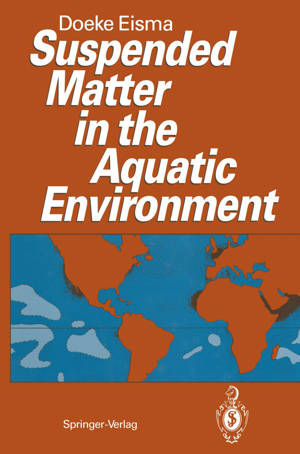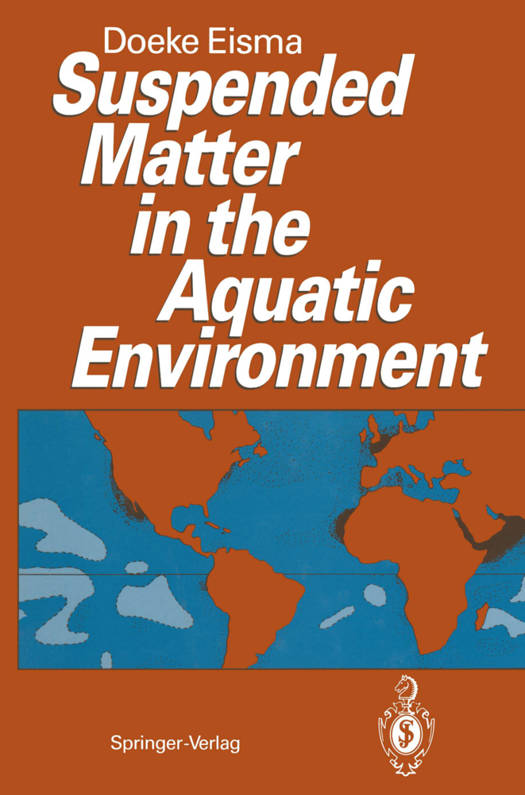
Je cadeautjes zeker op tijd in huis hebben voor de feestdagen? Kom langs in onze winkels en vind het perfecte geschenk!
- Afhalen na 1 uur in een winkel met voorraad
- Gratis thuislevering in België vanaf € 30
- Ruim aanbod met 7 miljoen producten
Je cadeautjes zeker op tijd in huis hebben voor de feestdagen? Kom langs in onze winkels en vind het perfecte geschenk!
- Afhalen na 1 uur in een winkel met voorraad
- Gratis thuislevering in België vanaf € 30
- Ruim aanbod met 7 miljoen producten
Zoeken
Omschrijving
The purpose of this book is to give an introduction to the most important aspects of suspended matter in the aquatic environment: its origin and composition, the concentration distribution, transport and deposition, and the most important physical-chemical-bio- logical process that affects suspended matter: flocculation. In Chap- ter 1 the development of suspended matter observation and study throughout history is given, with the coming of a more modern approach during the 19th century and the first half of the 20th century, and the development of the present science of suspended matter after 1945. The sources of suspended matter in rivers, lakes, estuaries, and the sea are discussed in Chapter 2, which includes the supply of detrital particles as well as the formation of new particles in the water (organic matter, carbonate, opal). The concentration distribution of suspended matter in rivers, lakes, estuaries, tidal is discussed in Chapter 3, to which is areas, lagoons, and in the sea added a discussion on the sampling of suspended matter and on methods to determine its concentration. Particle composition is treated in Chapter 4, to which is added a section (4. 6) on the compositional analysis of suspended particles. Also included is a discussion on particle surface characteristics and the adsorption of elements and compounds onto particles.
Specificaties
Betrokkenen
- Auteur(s):
- Uitgeverij:
Inhoud
- Aantal bladzijden:
- 315
- Taal:
- Engels
Eigenschappen
- Productcode (EAN):
- 9783642777240
- Verschijningsdatum:
- 23/12/2011
- Uitvoering:
- Paperback
- Formaat:
- Trade paperback (VS)
- Afmetingen:
- 156 mm x 234 mm
- Gewicht:
- 458 g

Alleen bij Standaard Boekhandel
+ 269 punten op je klantenkaart van Standaard Boekhandel
Beoordelingen
We publiceren alleen reviews die voldoen aan de voorwaarden voor reviews. Bekijk onze voorwaarden voor reviews.









